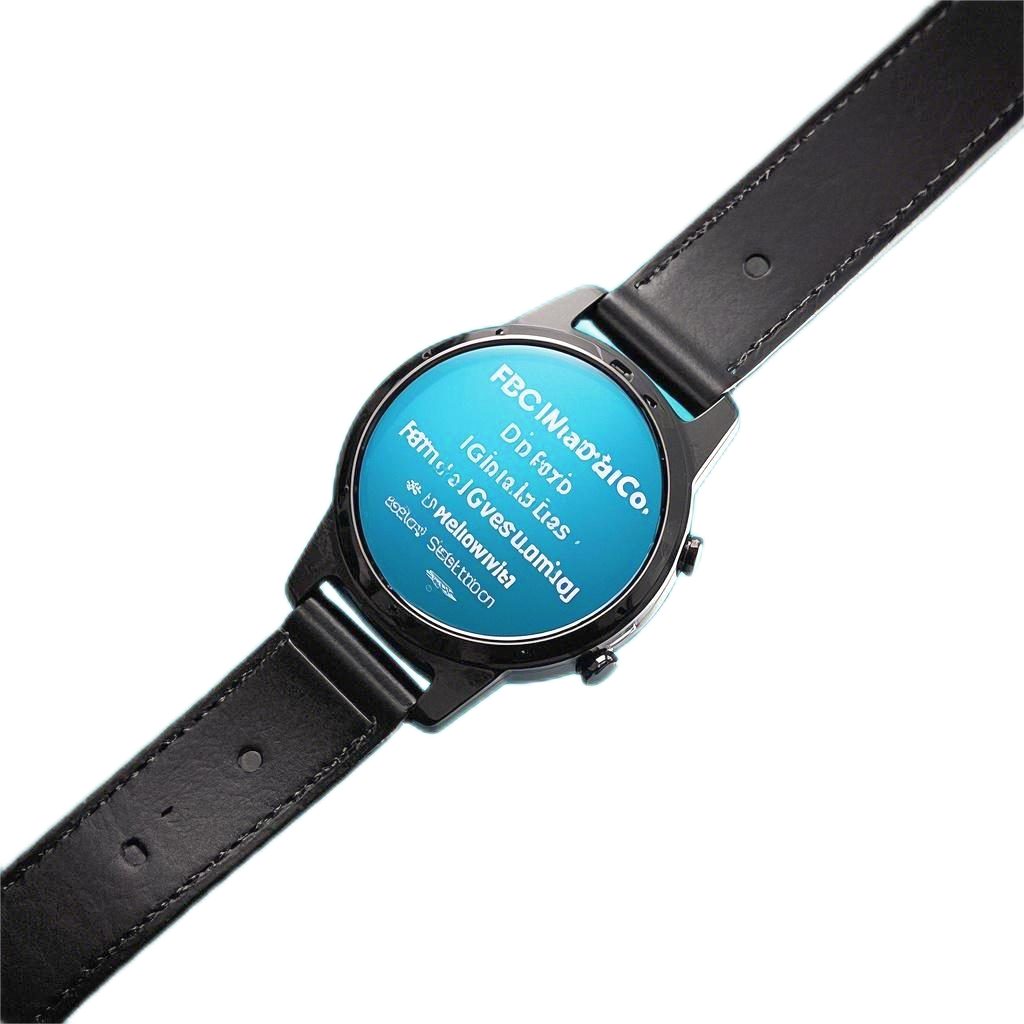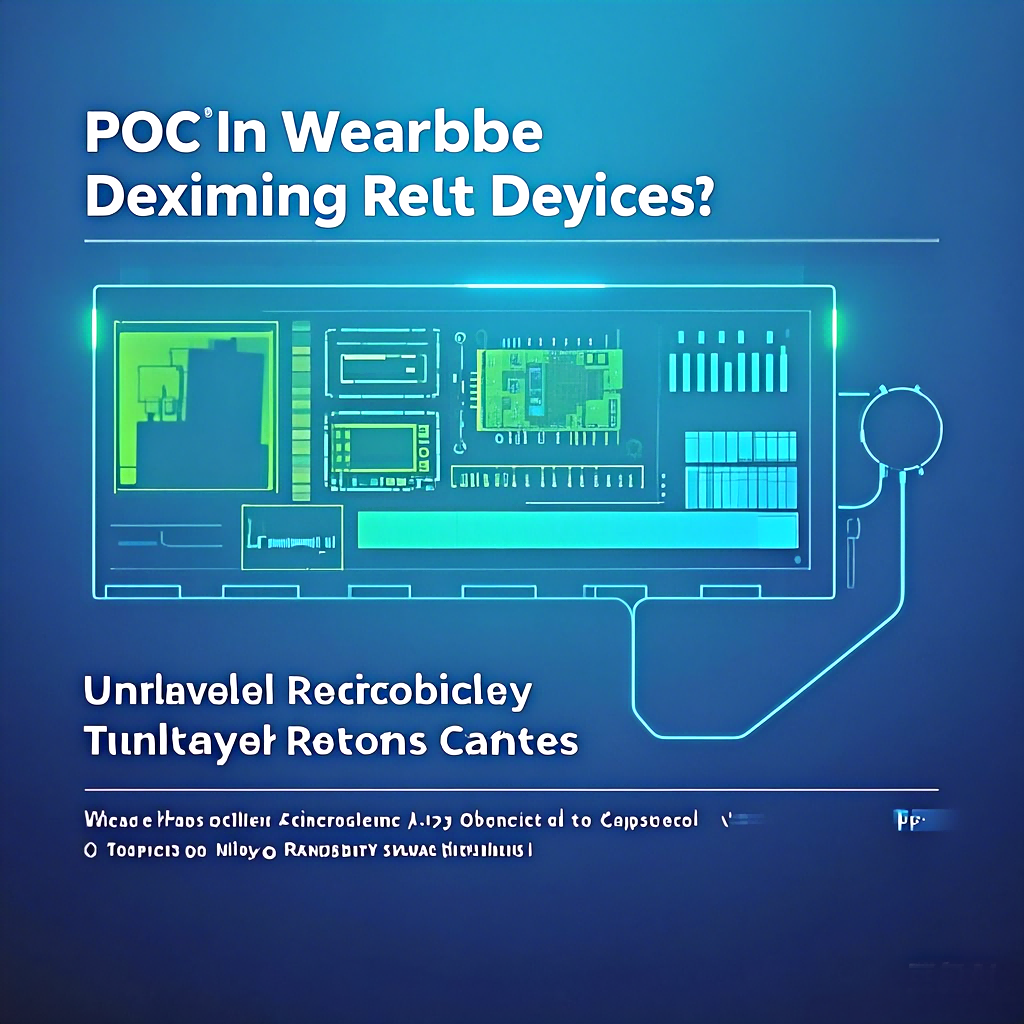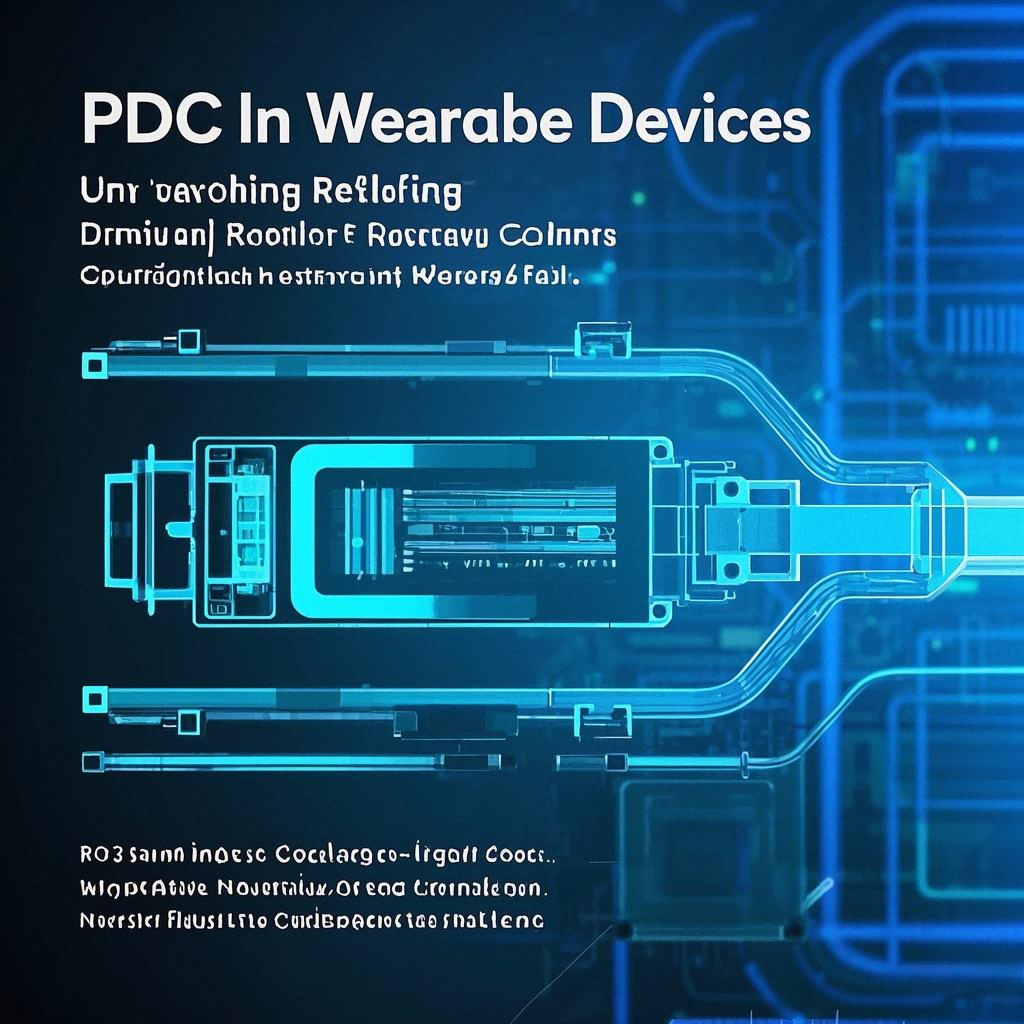Search
FPC in Wearable Devices: Unraveling Reliability Challenges and Pioneering Solutions
- Dec 30,2024
-
Share
In the burgeoning epoch of wearable technology, Flexible Printed Circuits (FPCs) have emerged as a linchpin component, leveraging their unique pliability and space-efficient attributes. However, safeguarding the reliability of FPCs within the realm of wearable devices begets a distinct set of conundrums.

I. Intricate Reliability Issues
A. Mechanical Tortures and Fatigue Predicaments
Wearable devices, by virtue of their inherent nature, are incessantly exposed to dynamic movements and perpetual bending as they accompany users throughout their quotidian activities. Consider, for instance, a fitness tracker ensconced snugly on the wrist. As the arm executes a myriad of motions, the FPC within is subjected to ceaseless flexural deformations. This recurrent strain can precipitate the nucleation of micro-fissures within the copper circuitry or at the interfaces demarcating disparate layers of the FPC. Over time, these nascent cracks can propagate and culminate in open circuits or intermittent electrical connections, thereby compromising the seamless functionality of the device. In the context of a smartwatch, the FPC serving as the vital conduit between the display and the mainboard is particularly vulnerable. The recurrent bending episodes that transpire during wrist rotations or inadvertent impacts can precipitate a failure mode, disrupting the transmission of visual data and rendering the device's interface unresponsive.
B. Sweat-induced Corrosion and Moisture Incursions
Sweat, an ineluctable byproduct of human physical exertion, poses a formidable threat to wearable devices, especially those with a fitness-oriented vocation. The saline and acidic constituents endemic to sweat possess the propensity to corrode the metallic constituents of the FPC, notably the copper conductors and solder joints. This corrosive onslaught can engender an increase in electrical resistance, precipitating signal attenuation or, in extreme cases, a complete cessation of signal transmission. For example, in a heart rate monitor dutifully worn during exercise regimens, an unprotected FPC succumbing to the corrosive influence of sweat can yield inaccurate physiological readings or, worse still, render the device inoperable, thereby undermining its raison d'être.
C. Temperature Fluctuations and Their Ramifications
Wearable devices are invariably subjected to a gamut of temperatures, spanning from the frigid embrace of winter to the sweltering heat of summer and the endogenous body heat of the wearer. These temperature oscillations can instigate differential expansion and contraction rates among the materials constitutive of the FPC. The disparity in the coefficient of thermal expansion between various layers, such as the polymeric substrate and the copper foil, can precipitate delamination or warping phenomena. In a temperature-sensitive wearable device, such as a glucose monitor, any distortion of the FPC induced by temperature vicissitudes can compromise the precision of sensor readings, with potentially dire consequences for the health and well-being of the user.

II. Ingenious Solutions
A. Sophisticated Material Curation and Design Optimization
B. Protective Coating Regimens and Encapsulation Technologies
C. Stringent Testing Protocols and Quality Assurance Paradigms
III. Epilogue
The reliability of FPCs within the wearable device domain is an ineluctable cornerstone for the triumph of these innovative products. By adroitly addressing the challenges posed by mechanical stress, moisture ingress, and temperature fluctuations through a synergistic blend of material selection, design optimization, protective coatings, and stringent testing, Shenzhen Huaruixin Electronics Co., Ltd. is poised to furnish high-caliber FPCs that satiate the exacting demands of wearable technology. As the wearable device market continues its inexorable expansion and evolution, we remain unwavering in our commitment to innovation and the perpetual refinement of our FPC solutions, thereby ensuring the long-term reliability and superlative performance of these indispensable devices.

Let’s talk! We’ll provide the perfect solution for you!
-
 Huaruixin Electronics mainly produces printed circuit boards as the core business, to provide customers with one-stop solutions for FPC/PCB production, components sourcing and Assembly.
Huaruixin Electronics mainly produces printed circuit boards as the core business, to provide customers with one-stop solutions for FPC/PCB production, components sourcing and Assembly. - WHAT WE DO — PCB Design Solutions — Flex PCB Production — Components Sourcing — FPC&PCB Assembly
- PRODUCTS — Single Sided Flexible Circuits — Double Sided Flexible Circuits — Multilayer Flexible Cirucits — Rigid-Flex Circuits — FPC Assembly — PCB Assembly
- CAPABILITY — FPC Capability — Rigid-Flex Capability — PCB Capability — Assembly Capability
- Copyright © 2024 Shenzhen Huaruixin Electronics Co., Ltd. All Rights Reserved.
- Design By BONTOP



